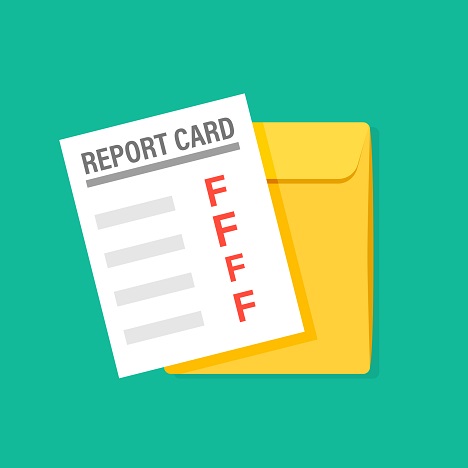| A Long Way to Go You've heard of quantitative easing. It's been the modus operandi of the Fed for over a decade. It's the idea that when times get tough, the Fed prints money by purchasing Treasurys, mortgage-backed securities or any of a host of other assets. It's a simple process. Instead of selling Uncle Sam's debt to the average person or company and using money that's already flowing through the economy, the Fed buys assets using brand-new money. It adds cash to the economy and juices things up. During the pandemic, the Fed pushed nearly $5 trillion into the markets this way. But now, as you may have heard, it's doing just the opposite. Quantitative easing is dead. Quantitative tightening has taken its place. In this scheme, the Fed takes the money it earns from its assets and burns it. When a Treasury pays interest or matures, for example... Powell and his crew toss the cash in the burn barrel, pulling it out of circulation. Just like that... there's less money to go around. You can see the scale of things in the chart below. Lots of easing, but not much tightening. The poor folks in charge of such things are learning it's a lot easier to print money than it is to burn it. The Fed's balance sheet has fallen by just $381 billion from its peak, set in April. It has a long way to go to evaporate the $5 trillion or so it printed a couple of years ago. But even the little the Fed has done is creating pain... immense pain. The markets the Fed has "dabbled" in over the last decade are now facing severe liquidity crunches, with premiums on newly issued Treasurys running at multiyear highs versus existing Treasurys. It's a sign of stress in the market. As one analyst put it, if the Fed runs down its portfolio too much, it will break something in the market. And if it doesn't, we'll be stuck with inflation. The Fed says it is sticking to its policy and will burn $95 billion a month. Add to that its insistence that interest rate increases will continue far into the new year, and it becomes obvious... This battle with inflation is far from done. Pay attention to what's happening behind the scenes. It's not pretty. YOUR ACTION PLAN The markets have been rough this year... and it's sure to continue in 2023. That's why I just did something big. It involves a brand-new asset class... totally outside the traditional stock market. If you're looking for something fresh, something unlike anything you've seen before... check this out. Be well, Andy | 













No comments:
Post a Comment